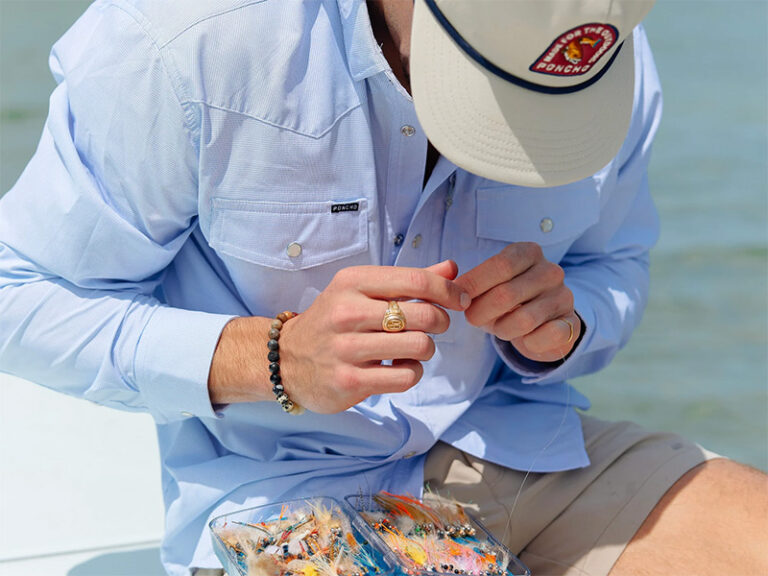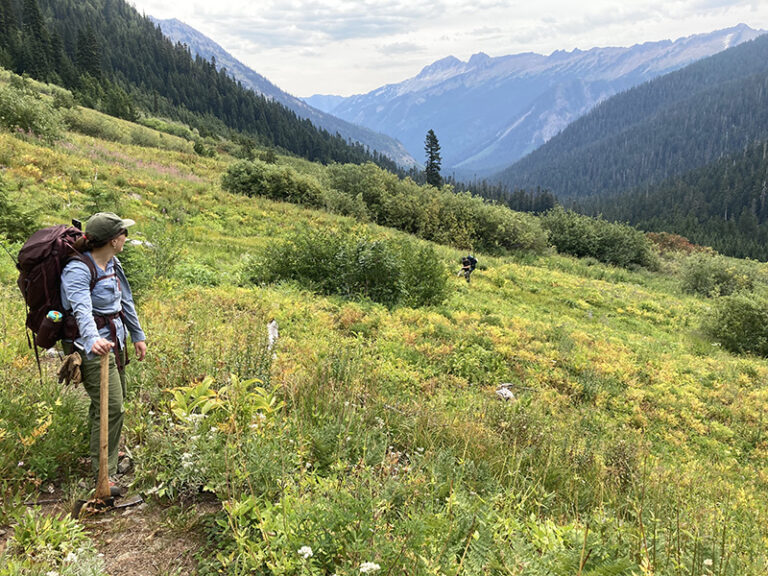An Interview with Paddling Washington Co-Author Rich Landers
Melting snow packs, flooding rivers, and even the future of our city’s summer time falls have many local paddlers thinking about water and itching to dust off our boats once again. For those of you who’ve learned to never head off for a float without Rich Lander’s classic Paddle Routes of the Inland Northwest book, his newest contribution to the Northwest outdoor guidebook scene, Paddling Washington: Flatwater and Whitewater Routes in Washington State and the Inland Northwest, which he co-authored, will get you started down the right path, or waterway in this case, towards a lifetime’s worth of whitewater and rapid-free paddling close to home. OTM tracked down Landers for some tips for boaters to get you inspired to explore some of the incredibly diverse paddling opportunities described in his new guide.
This season is shaping up to be a fantastic whitewater year. How do paddling opportunities in Paddling Washington stack up with other water rich parts of the West?
Considering this book covers waters into British Columbia, northern Idaho, western Montana and the Grande Ronde in Oregon, I can’t think of any region that offers as much diversity as the waters we’ve covered. Whitewater is just a portion of this book; we’ve focused on giving paddlers of all abilities a guide to year-round waters that range from desert (Winchester Wasteway) to flatwater and whitewater trips in the North Cascades. If you’re planning to do all of these trips, quit your day job.
You’ve hiked all of the trails in your 100 Hikes in the Inland Northwest book. How many of the water trails in this new collaborative guide have you explored first-hand?
About 35. More if you include the ones I’ve fished.
You’ve floated rivers and lakes from Alaska to the Southwest in rafts, kayaks, drift boats and canoes. What’s your water craft of choice for plying Washington’s waters?
A canoe remains the all-round boat for everything from modest whitewater to flatwater, from day trips to expeditions. David Thompson proved that. But paddlers have special interests. Sea kayaks are superior in their domain, and it’s hard to beat a cataraft for versatility and maneuverability on fast rivers, including multi-day trips on remote Alaska rivers.
Spokane is blessed by lakes and rivers. What’s your pick for our city’s finest day-trip paddling destination?
The Little Spokane River is hard to beat for a flatwater wildlife watching experience, but the Spokane River has it all. I added a special section on the book detailing the variety of flatwater and whitewater paddling segments on all 112 miles of the Spokane River.
A memorable paddling experience isn’t just about making your way across a water course—the wildness and beauty or lack thereof, not to mention the potential for getting shot at by irritable landowners, can make or break a great float. Which routes in the Inland Northwest would you recommend for their wild and scenic surrounds?
It’s all about timing and companions. Almost all of the trips we cover have a way of getting you away from it all, but some are more attractive at specific times of year. The Winchester Wasteway near Moses Lake is sensational in March when the cacophony of migrating waterfowl and the nightime desert sky can leave you speechless. Slocan Lake is one of the most wild and scenic places even though paddlers share the lake with power boats. The Kettle River has the most irritable landowners.
Some of the paddle routes mention angling opportunities. Can you point to a few gems for boaters looking to drag along a rod and reel?
The Coeur d’Alene River for cutthroat trout. Hutchinson-Shiner Lakes in the Columbia National Wildlife Refuge are excellent for bluegills. Lake Roosevelt has everything from walleye and smallmouth bass to rainbow trout. The trip I wrote up on the Grande Ronde River includes some excellent steelhead fishing stretches. But this is just the tip of the iceberg.
In addition to the impacts of existing dams on many of our rivers, a few of the Inland Northwest floating and fishing spots like Crab Creek, Hawk Creek, Rock Lake and others, are under consideration for new dam and water storage projects. What can boaters, bird watchers, hikers, and anglers do to defend these recreational treasures?
Regarding existing dams, relicensing is your one shot every 50 years to be heard. Don’t miss it. We all should join a group, such as the Spokane Canoe and Kayak Club or fishing or conservation groups such as the Spokane Falls Trout Unlimited Chapter, to help build choruses of voices and watchdogs to address new threats to rivers and lakes. Joining one of these groups will help individuals be better informed and more effective.
On June 3 at 7PM Rich Landers and Dan Hansen discuss their new book, Paddling Washington at REI Spokane, 1125 N Monroe St., Spokane. Slide-talk followed by Q&A and book signing. Admission is free.













